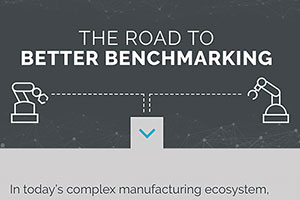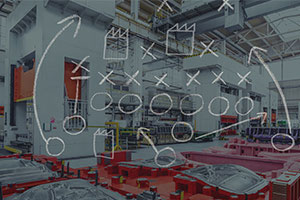Quantifying the Value of Digital Transformation in Manufacturing
How to measure your industry 4.0 investment
At its most basic definition, Industry 4.0 is a realtime approach to decision-making, enabled by integrated and reliable data. Industry 4.0 is built on the industrial Internet of Things (IIoT), which enables manufacturers to collect, analyze, and present realtime data and analytics in easy-to-understand and highly customizable formats.
Augmented reality (AR) is also an important part of Industry 4.0, as it brings that IIoT data to life through 3D, immersive experiences. IIoT and AR combine to create flexible, agile workforces that are redefining productivity and improving operational performance across manufacturing.
The next evolution of cost-saving and business optimization
Industry 4.0’s inherent future-forward benefits are driving innovation across the industry and disrupting outdated processes across value chains. With every new Industry 4.0 technology that emerges—from IIoT analytics to artificial intelligence and AR—it becomes ever clearer that Industry 4.0 is not just an opportunity, but an imperative.
This innovation enablement makes it even more crucial for manufacturers to pay careful attention to how IIoT and AR technologies can support their business objectives—or they risk being left behind not just by their direct competition, but by an entire industry-shifting movement.
"Our next generation of industry— Industry 4.0—holds the promise of increased flexibility in manufacturing, along with mass customization, better quality, and improved productivity. It thus enables companies to cope with the challenges of producing increasingly individualized products with a short lead-time to market and higher quality.”
– Intelligent Manufacturing in the Context of Industry 4.0: A Review, Engineering Journal
The challenge of quantifying industry 4.0 value
Increased productivity, lower production costs, faster time to market, and the ability to quickly and profitably respond to changing consumer demands are the most-touted benefits of Industry 4.0. And with such significant business outcomes, Industry 4.0 is a compelling venture—but one that still requires a credible cost analysis. Unfortunately, the intricacy of the manufacturing industry, along with the soft ROI of IIoT and AR , makes it difficult to fully quantify the direct value of Industry 4.0. How do you measure the value of “increased market flexibility,” for example? Or predict the future value of innovation enablement?



